Stanely Barker is one of my favorite publishers out there and I’ve been a fan for a while at this point. I came across Sergio’s work there with his last book, Love’s Labour, and it hooked me.
I then followed Sergio on IG and he was teasing photos for his next project with Barker and I wanted to find out more on this terrific artist. When I got the chance to ask Sergio some questions, I didn’t realize/know that he has also been running Black White on White since 1986. The list of artists, museums, and galleries that Sergio has worked with is umatched. I guess when you work with the nest, it only elevates your own game which is why Sergio is a true professional in every way.
You can purchase Sergio’s forthcoming book HERE.
Congrats on the forthcoming book with Stanley Barker. it seems like a great fit by the way. How did this partnership come to be?
SP: Many years back, after graduating from Yale in 1982 with an MFA in photography, I moved from New Haven to NYC and started a printing business. At first it was just myself — at the same time, and in the same loft space as the darkroom, I would do commercial and editorial assignments. Both business grew fairly fast, so I took a larger space in the same building in lower Tribeca. It was on White Street, hence the name Black and White on White (at that time I only did analog silver gelatin printing). Eventually I couldn’t physically perform well running both businesses, so I started looking for an assistant to help with the printing. One of my classmates Joe Lawton, was the head of the photo department at Fordham University, so I asked if he had any students that had some knowledge and talent at printing. He sent a young man named Jeffrey Ladd, who was still a student and could not take the job.
Now jump forward almost 45 years. Out of the blue, I received an email from Gregory Barker, of the publisher Stanley/Barker, saying that they had seen my extensive website and they were interested in publishing a book of my work. I was surprised, and thought maybe either Mark Steinmetz, a fellow Yalie who graduated in 1986, or one of my mentors, Tod Papageorge — both of whom had a book coming out, had mentioned me. When I asked them both they apologized and said no, it was not us. When I returned Gregory’s email, thanking him for his interest in my work, I asked who had given him my name and he said he had been stopped by the very same Jeffrey Ladd as he was leaving Paris Photo — Jeffrey had said you must look at this photographer’s work (me). Apparently, he had been following my work all these years (unbeknownst to me). So, I was not looking for a publisher, but one found me! That book, Love’s Labour, sold out in 3 months.
Can you talk a bit about your book?
SP: Moral Minority is a very different book than Love’s Labour. Moral takes place exclusively in the US, while all the photos in Love’s Labour were taken in Europe.
I am going to give you what I wrote for the book, as it sums it up pretty well:
The first thing I noticed was the lack of walls. In Santiago, Chile, the houses were closed off and private. In Hamilton, Ohio––where I arrived in 1972 as a 17-year-old exchange student—the houses were separated by white picket fences. They were easy
to leap over and neighbors were friendly. At home in Chile, I knew about America by its TV shows and films, its music and freedom and possibility. The prim white fences looked the part, a display of affluence within reach. But beyond them I also glimpsed a sprawling, enigmatic landscape where the American dream awoke to reality.
I returned home to Santiago, but within a year I was forced to leave again, now fleeing the spreading terror of the coup of Sep 11 1973. No longer a visitor in the United States but an exile, I found my adopted homeland full of paradoxes. I wanted to unravel its mysteries as an outsider who had witnessed the capriciousness of power and the tenacity of the displaced.
Today, this country is not the same place I arrived in. A wall is being constructed along the southern border. As I made these pictures, a wall was coming down in East Berlin. Moral Minority is a meditation on this collapse of conscience. To assemble the fragments, it looks to the narratives of those pushed to the periphery, and to those who can testify to the intricate predicament between right and wrong.
Made between 1977 and the early-90s these images are imprints of life in a country fixated on its dueling myths of emancipation and conquest. From collective exuberance to rural serenity, they record moments both commonplace and distinct. They search out underswells of feeling that fleck public space with intimacy and interaction. They register the human tenderness that flows from rare moments of rest.
What drives me to photograph these moments is a faith in the validity of my intuition, or as I like to call it, fate. I accept luck as it comes. The world is my collaborator, and in this sense I control nothing. I am open to life’s revelations and chance, to what they teach me. Each image has its inherent structure, its secret life of metaphor and form, and I follow the clues. My aim is to reveal a certain order, to see the world with intention. I hope to evoke a view of America at once familiar and estranged, to witness and care for its centerless essence. For care implies a promise and a promise brings hope
How long has this book been In the works?
SP: It occurred to me, when I finished Love’s Labour, that I could make a trilogy — the first with photographs from my time in Europe, the second in North America, and the last in South America. Most of the colonizing countries came from Europe: England, France, Spain and Portugal, so it made sense start with the European continent first.
My father was an American born in Whitman, Massachusetts, his mother a descendant of an old Yankee family, and his father an Irish immigrant. He was given for adoption as a young boy, and never got over that. As a teenager he would run away from his adopted family often, and eventually joined the Merchant Marines. He would travel all over the world, get off a ship, visit the different ports, jump on another ship that would take him to a new venture. This world trotter eventually came up with a scheme of sorts — he wrote a letter to Harley Davidson attempting to convince them to donate a motorcycle so he could travel from Fairbanks, Alaska (where the latest ship had brought him) to the most southern tip in South America, Punta Arenas, Chile. HD answered his letter with a polite no, apparently he was not the first with this idea. So he bought his own bike, not the biggest, or most powerful, but the most affordable one, something which later he would regret. His dream was that he would get to Patagonia, cross over to Argentina and president Peron, an avid collector of motorcycles from all over the world, would roll the red carpet for him and he would instantly become famous. I believe that somewhere inside of me, even though my father was not present in my life, that his traveler DNA lives in me and allows me to be curious about the world and how it functions visually.
Even as child I was always curious and ready for a trip, ready to experience new places, new people and take it all in. I never thought while I lived in Chile that I would end up in the US and have a career in the arts. Even though I excelled in my art classes, it was not until I moved to live in the US permanently and started attending university that I realized the possibility and made it come true.
I look back and realize that I’ve been making pictures since 1976. It was not until the last 3 or 4 years that the opportunity to make books came up. I studied with Richard Benson at Yale — he was the most amazing man I’ve met. He changed offset printing for the better, and he was a dictionary of technical knowledge. Photography books before his input were not the best printing quality — they barely had enough mid-tones, the contrast was exaggerated, very dark shadows with poor detail and blown-out highlights. Now, most publishers and printers around the world are more conscious of what is possible — and because there are more of them, this means more competition and better production prices for the artist — a win-win situation.
Was it challenging to edit all of the work from that period into one book? Could we expect another book down the line?
SP: This is my second book with Stanley/Barker, and so far so good. The first book took a lot more time to edit and sequence because I hadn’t made a book before.
I had printed a catalog for a group show that I put on of clients and friends in a borrowed client’s gallery space, but that was it. Working with Gregory was quite enlightening and I learned a lot. If I remember correctly we did 13 rounds of editing and sequencing, until Gregory gave me an ultimatum, he said I think this book is not happening. So I asked some colleagues for their advice and they all said you are not that far apart — so I made a few last adjustments and things fell into place. I think my biggest lesson was that a book is a team effort. I have that experience printing for others with my team at the lab, but I had not worked the same way with my own photographs. As an artist, I get very attached to my work — which makes it harder to let go, and creates difficulties allowing the rest of the team to do their job. But I’m learning!
What does the rest of the your year looks like?
SP: Moral Minority comes out some time in July, so there will be a lot of promotion — hoping to have as many book signing events as possible, something I was not able to do with Love’s Labour because we were at the peak of Covid. In terms of my personal work, I’ll start planning for the next book (as I mentioned above, Love’s Labour and
Moral Minority would ultimately be a trilogy). I am also excited by the fact that summer will soon be here, since bright sunny warm days are my favorites to be out making pictures. And then there is the printing business — we just finished a very large production for the artist LaToya R. Frazier currrently on view at MoMA, and we are working on a huge collection of work by the Indian photographer Raghu Rai. That is just the tip of the iceberg!
Who/What is motivating you currently?
SP: I would immediately say my lovely wife Melanie Roberts! I am a happy man, I have a great time at the studio. I’ll be 70 next year, and I am still doing what I love accompanied by loved ones. I get up every morning being thankful for what I have. Everyday I get to live the life I chose to live, which gives me the energy to give to others and help the photo community, and at the end of the day rest peacefully. I get to work with creative people — all this keeps me young, always thinking and solving problems. When there is time I get to make my own pictures,
Who should we have on next?
SP: That is a tough question, I know hundreds of artist that we do work for and have quite a few classmates that I stay in contact with, but the photographer I would recommend right now is Alexander Laurent Rubalcava.
Thank you for the opportunity!



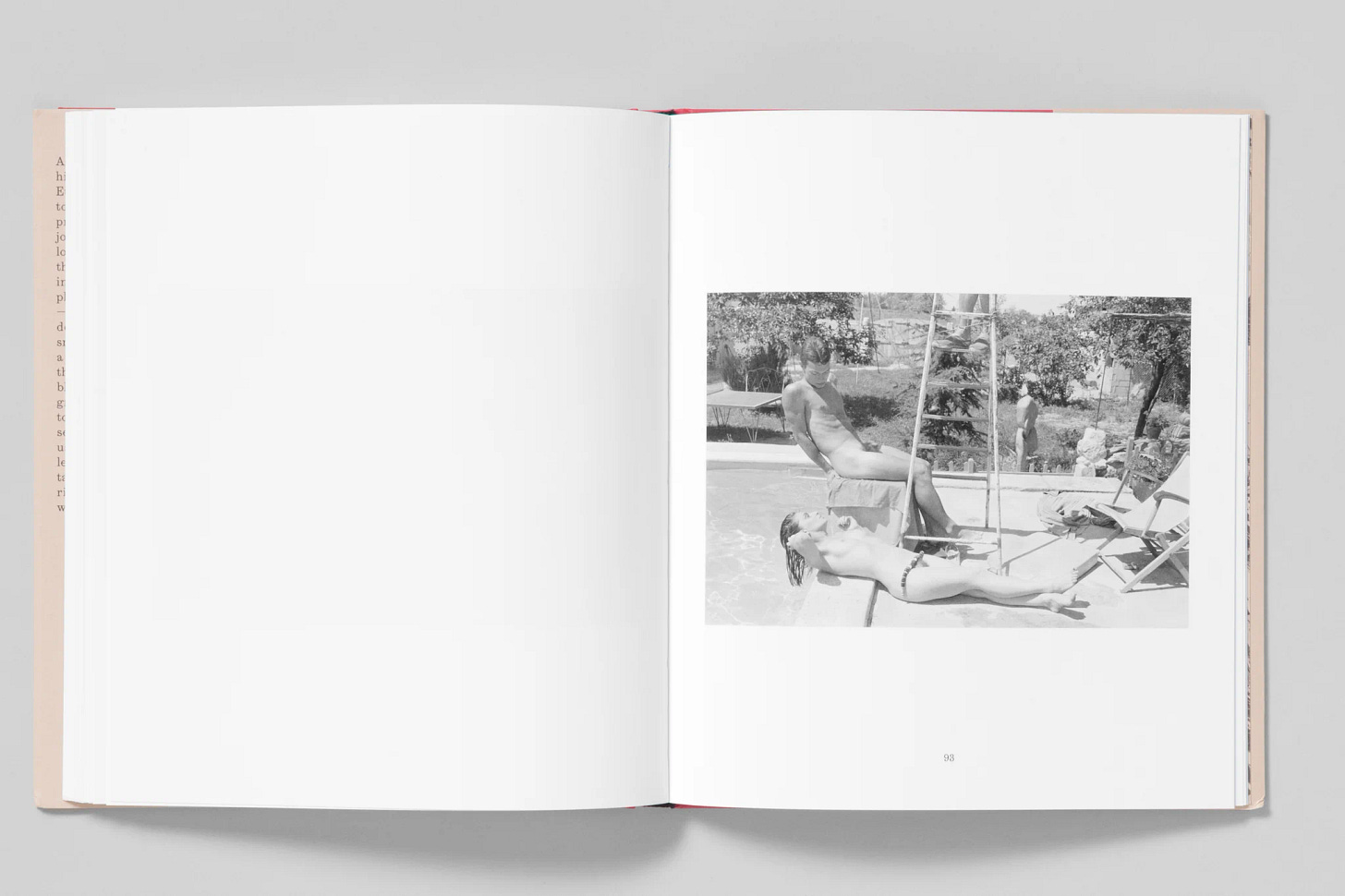

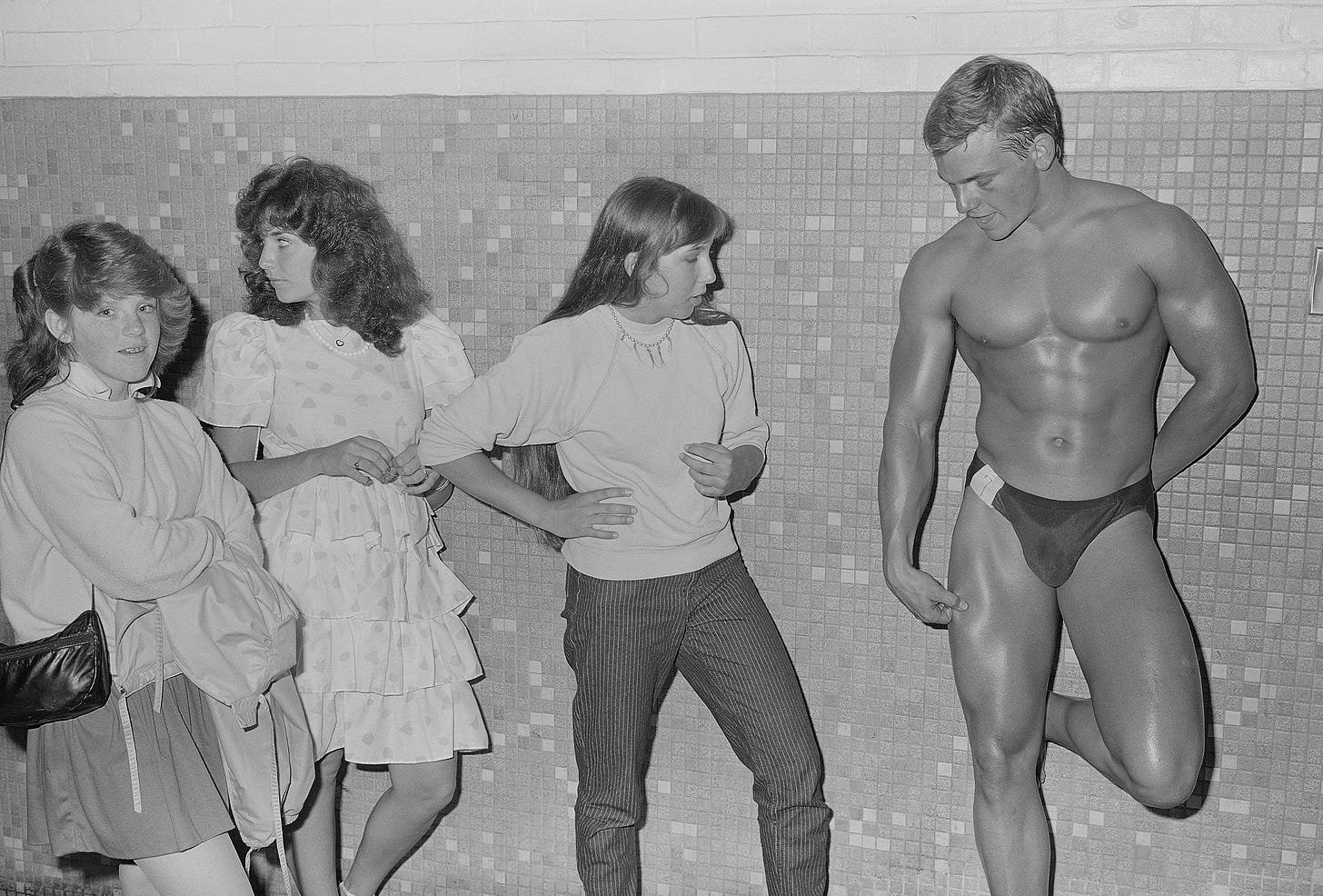
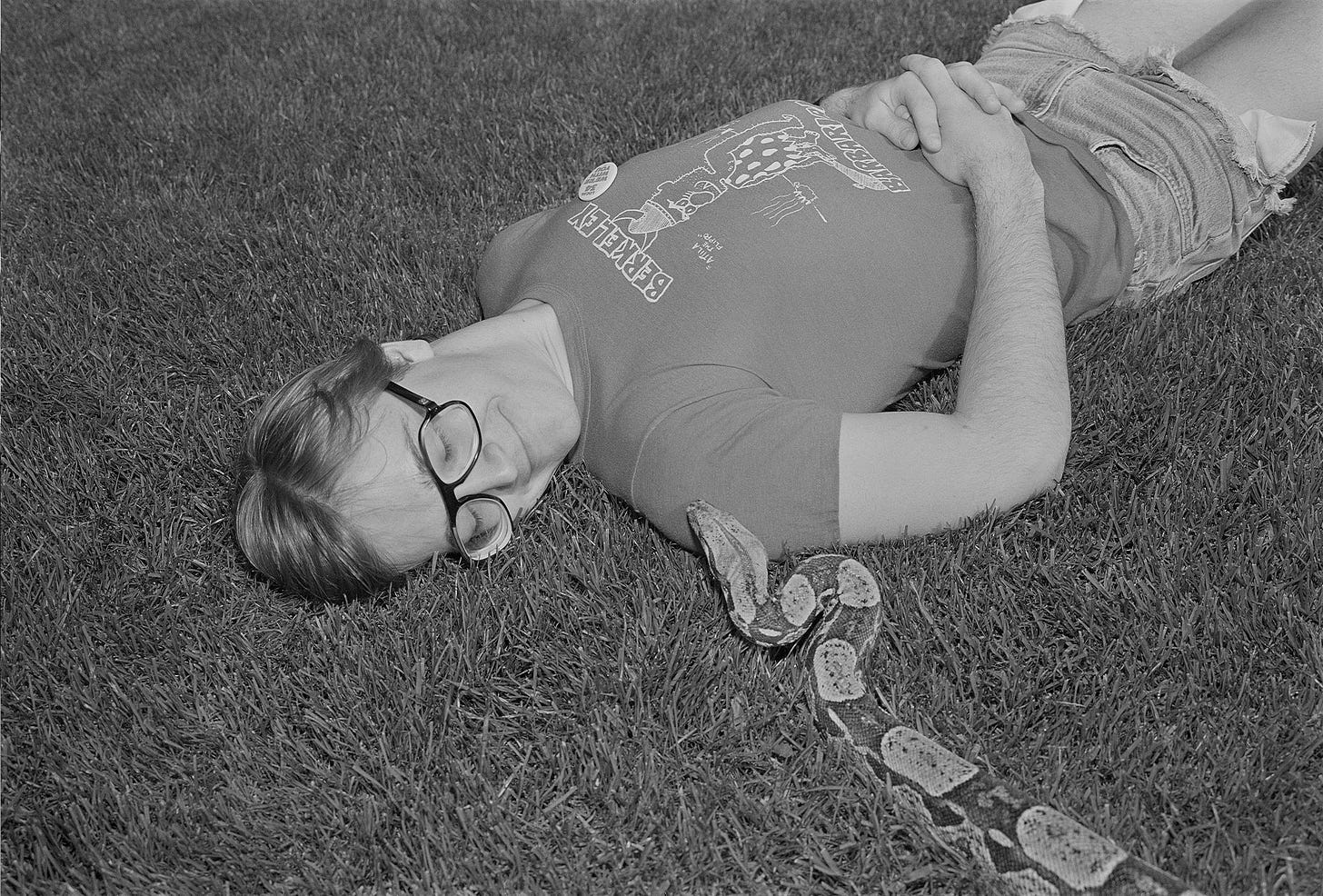
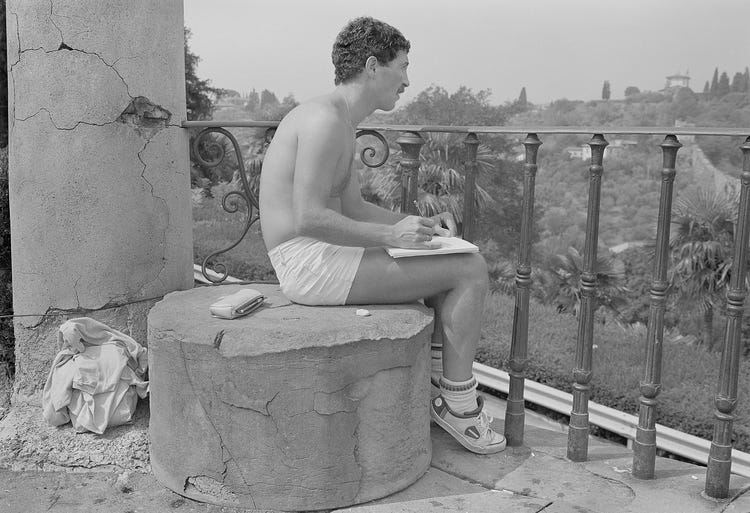
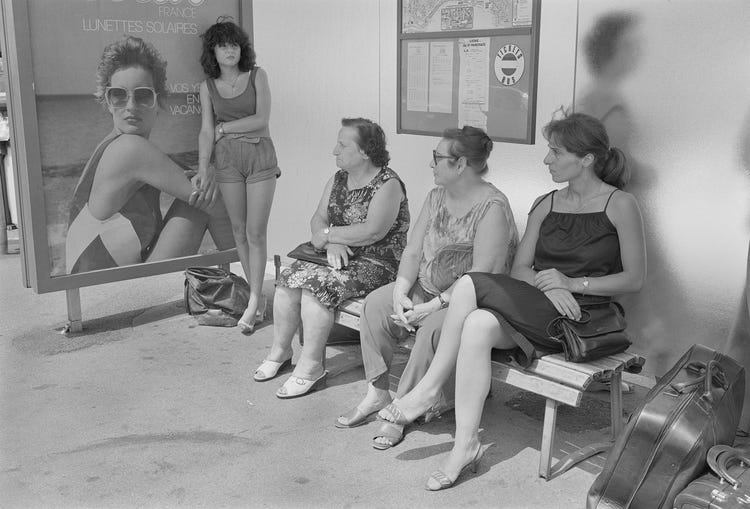
Sergio is the best, and this is one of my forever favorite books.